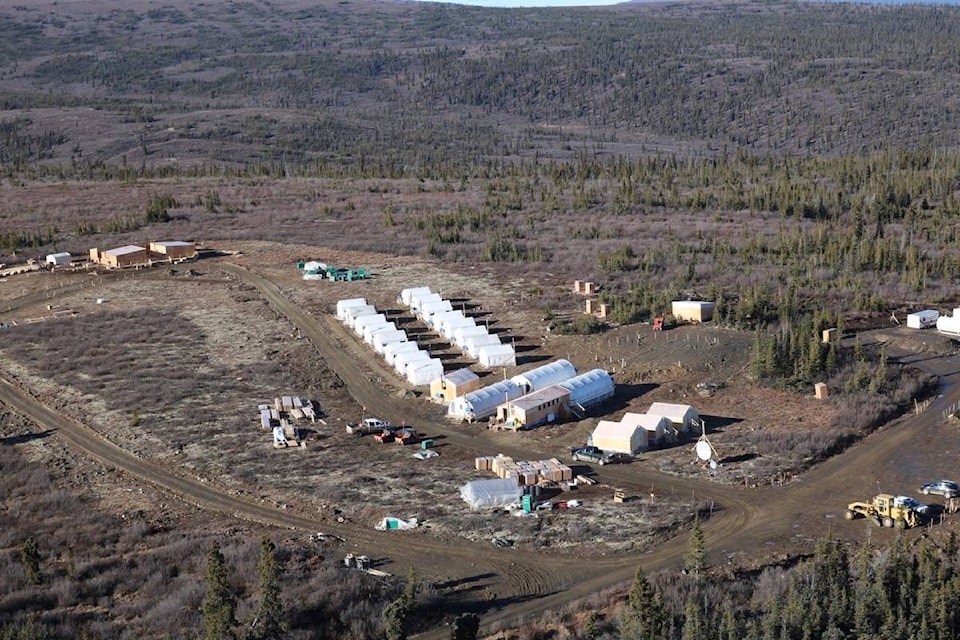Six months of good news in the mining sector was enough for the Conference Board of Canada to brighten its outlook on the Yukon’s economic future for the next few years.
Meanwhile, exploration spending in the Yukon is expected to more than double this year compared to last year.
The conference board released its economic conditions report for the North August 1. The forecast predicts the Yukon’s GDP will shrink 0.7 per cent this year but that will be followed by a few years of strong growth, averaging 6.6 per cent from 2018 to 2020.
The improvement is thanks to positive signs in the territory’s mining sector, said Marie-Christine Bernard, associate director of the provincial and territorial forecast service.
“I think just six months ago it would have been hard to say (that) there would have been some mines under development in the next few years but now it looks like the environment is better.”
The outlook for 2017 improved when Capstone, the owner of the Minto mine, announced it planned to keep production there going now that commodities prices have improved, according to the report.
“That will be enough to tide the territory’s economy over before construction begins on two new mines that will open before 2020,” it says.
“Mineral production at the Minto mine is expected to drop this year, but Capstone wants to ramp up production again in 2018.”
The fact that Minto won’t be at full production until 2018 is why the 2017 prediction still shows a small decline in the predicted GDP this year year.
A lot of weight is being put on two mines that are nearing production in the territory.
Construction of Goldcorp’s Coffee mine south of Dawson City is expected to begin in 2018 and last until 2020, at a total cost of $350 million.
Meanwhile Victoria Gold’s Eagle mine is about ready for construction.
The company’s permits are in place and it has secured a $220 million loan to cover the majority of its construction.
“The Eagle mine contains 2.7 million ounces of proven and probable reserves of gold. It will employ 600 people during construction, which is anticipated to begin in 2018 and last two years. Construction of the mine is expected to cost $340 million,” the report says.
“Production is forecast to begin in 2019 at an average output of 127,000 ounces of gold per year, while providing 400 permanent jobs.”
Meanwhile signs are also looking up for the territory’s exploration industry.
Exploration spending in the Yukon has more than doubled over last year, according to the Yukon Geological Survey.
Officials with the survey are predicting more than $120 million in spending over this year, more than double last year.
Scott Casselman, the head of mineral services, said his office is expecting more than $100 million in exploration expenditures in 2017 and around $20 million in development expenditures.
Since the boom years of 2011 and 2012, the territory normally sees about $50 million in spending.
Casselman credits past work done by junior explorers with convincing larger mining companies to invest in the Yukon.
“We have, I think five of the top 10 gold mining companies in the world that have within the last year signed deals with properties in the Yukon. They’re bringing a lot of money with them.”
Interest by the big companies spurs interest from others, he said.
“Other companies take note and say ‘what is it that’s there that maybe we can get in on.’”
Contact Ashley Joannou at ashleyj@yukon-news.com
